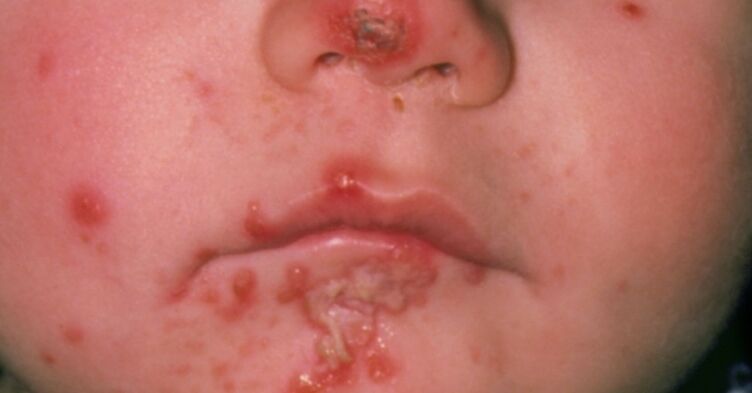Does diet cause or treat my skin problem? Is a question I am frequently asked. Recently over dinner with my family I had a similar discussion with members of the family who felt that diet did play a part. Someone at a mobile catering van had advised my brother that if he ate tomatoes it would help his skin problem. This is not unique to my brother, patients often tell me that someone in the supermarket has advised them to use a diet-based intervention.
When caring for dermatology patients we have to provide care based on the evidence and guidance available to support our practice. We also have to be mindful about how we impart our knowledge and address our patients’ and families’ expectations around diet and the role they may or not play in their condition.
The discussion at dinner focused on evidence-based practice, clinical trails and what guidance is available. They expected nothing less from me, my brother knows me well! It has been shown, however, that the skin does tell a story and one which can provide clues about lifestyles and diets. These clues are often very subtle and may not be found unless a thorough history and skin examination are performed.
Itching (pruritus) is a common symptom of skin disease but for some patients when their skin is examined there may not be evidence of a primary skin condition and only excoriations (scratch marks) seen.
Other causes of itch should therefore be considered such as iron-deficiency anaemia, which may be associated with diet and spans all ages. If pruritus is the presenting symptom with limited skin changes, a haematological screen should be undertaken.
With iron-deficiency anaemia there may be:
- paleness of skin,
- angular cheilitis (painful cracks at the corners of the mouth),
- atrophic glossitis tongue (smooth, shiny tongue),
- nail changes (spoon-shaped nails), or
- dry brittle hair and increased hair shedding.
Other less common diet-related skin problems include scurvy (vitamin C/ascorbic acid deficiency), which I have seen during my dermatology career and should not be considered something from history.[1]
In infants we know that diet can play a part in eczema and there is clear national guidance relating to allergy and eczema. In infants other diet-related skin presentations might be seen such as carotenaemia.
Carotenaemia usually results due to excessive intake of carrots, pumpkin and/or other yellow and green vegetables and citrus fruits. It can occur at any age but is most common in young children fed large amounts of commercial infant food preparations, which often contain carrots, pumpkin, squash, spinach and sweet potato, all of which are high in carotene.
The condition is characterised by yellow discolouration of the skin and is more obvious in areas where the horny layer is thickened such as the soles and palms. The sclera and mucous membranes are unaffected by carotenaemia. If the sclera is yellow this will be due to increased circulating bilirubin and jaundice.[2]
From these few examples you can see that dietary intake can play a part in skin conditions and the skin does tell a story about the body’s intake.
Resources





